You are going to visit Sri Lanka and would like to have the opportunity to see elephants evolve in their natural environment? We give you some leads to observe Sri Lanka’s elephant
The Asian elephant is a different species of the African elephant. With small ears, it is also much smaller in size. The elephant of Sri Lanka is a subspecies of the Asian elephant and is the largest of this species. Between Sri Lanka and the elephant, it is a long common history. For a long time used for tasks requiring force, such as the transport of wood in the forest, they are now increasingly replaced by machines. However, they continue to participate in the major events of Sri Lankan life, such as marriages and especially religious ceremonies. It is then considered a semi-secret animal, which has the honour to carry objects of worship. It should be borne in mind, however, that this domestic use harms the well-being of the animal and the travellers who visit Sri Lanka are invited to refrain from making elephant-backed tours. We explain how and where to observe elephants in Sri Lanka in their natural environment.
National Park Gal Oya
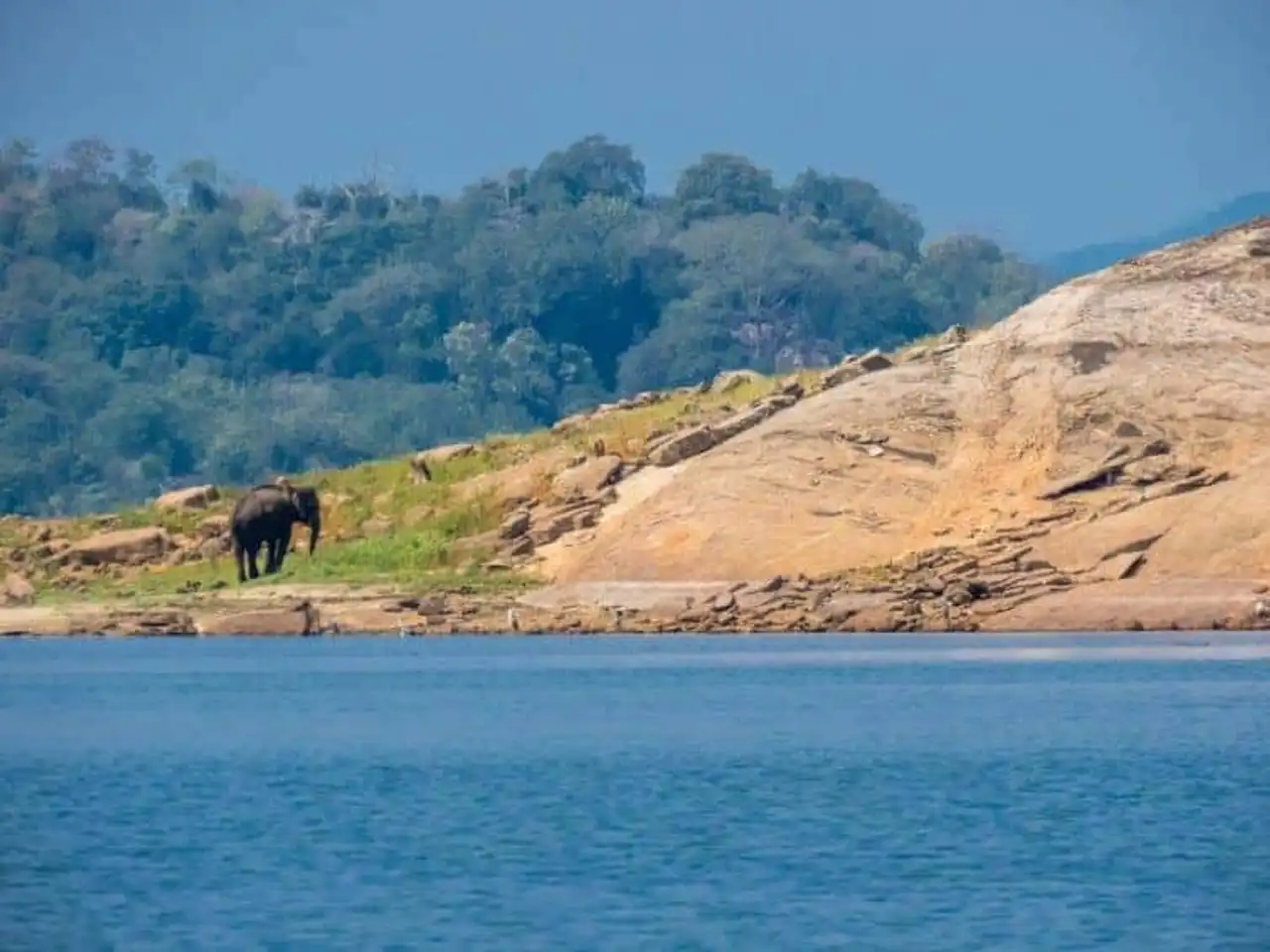
Photo credit: Shutterstock / ThePhotographerSL
Not far from the East Coast, the Gal Oya National Park was created in 1954. This classification followed the construction of the Inginiyagala dam, which created the Senanayake Samudraya reservoir lake. It houses a abundant wildlife consisting of more than 30 mammal species and 150 bird species. But its main feature is to establish an exceptional territory for elephants, who are pleased to swim between the different islets. To go to the elephants, you have the choice between a jeep safari or, better yet, a safari by boat .
Schedules and rates at Gal Oya Park
- The park preferably visits between May and September
- It's open. daily from 6 a.m. to 6.30 p.m.
- The entrance costs $10 for adults, $5 for children aged 6 to 12 and is free for children. This includes the boat trip.
- If you use a guide and jeep, count about $25 per adult, input included
- Duration of the visit: between three and four hours.
How to get to Gal Oya Park?
- If you walk along the East Coast, between Batticaloa and Arugam Bay, exit the A4 in Kalmunai and head to Ampara. The east entrance of the park is in Inginiyagala, 17 km away. This is where you can find guides with 4X4.
- From the south or west you can reach Nilgala, the West Gate of the Park. Count two thirty hours from Kandy or Ella.
- By public transport, join Ampara and take a mini-bus to Inginiyagala.
Minneriya National Park
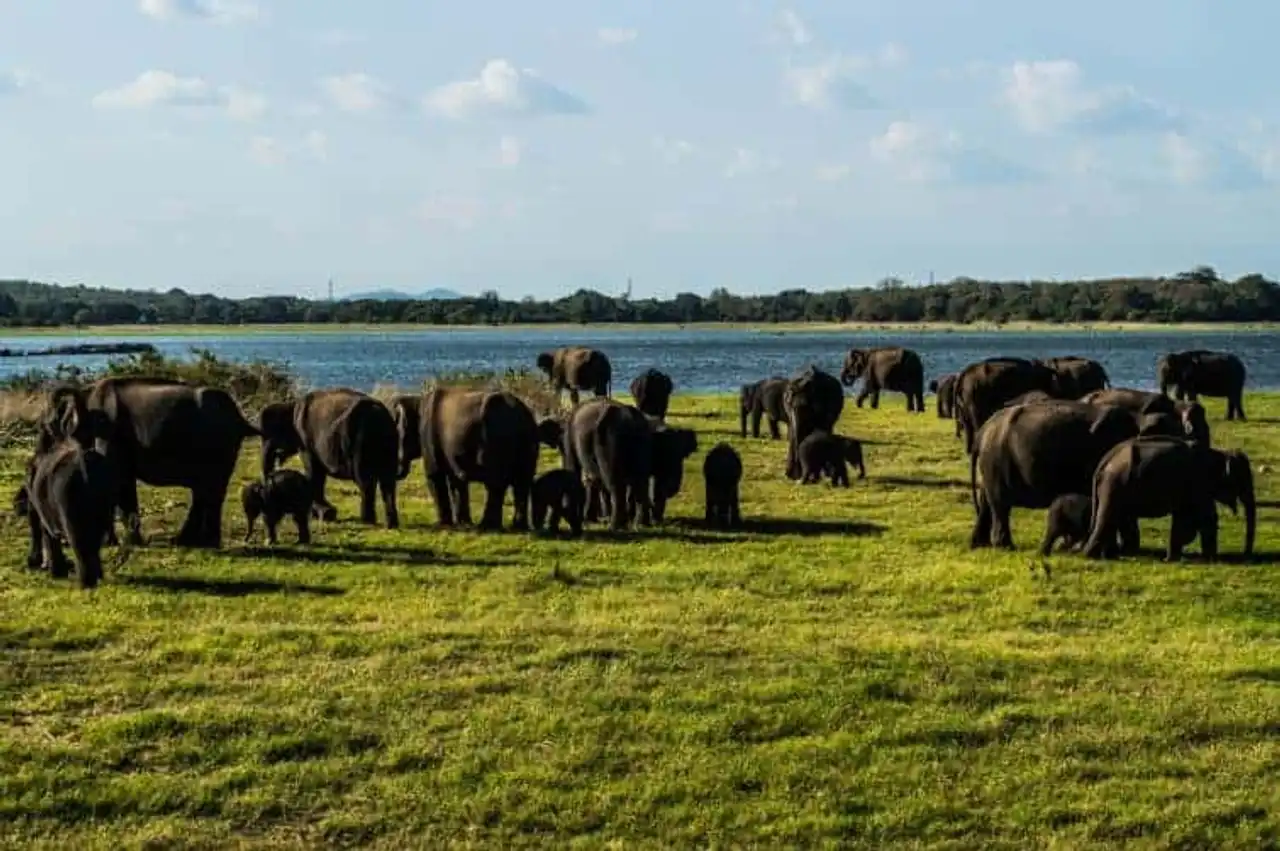
Photo credit: Shutterstock / Miles Astray
On your journey between the Cultural Triangle and the East Coast, several parks allow you to observe Sri Lanka’s elephants. They are often connected between them and elephants pass from one to another depending on the seasons. Minneriya is the greatest and best known. It surrounds the Mineriya Weva reservoir lake. During the dry season, elephants come to water.
Schedules and prices of Minneriya Park
- The park is best visited at the end of the afternoon, between June and September, during the dry season.
- It's open. daily from 6 a.m. to 6.30 p.m.
- The entrance costs about $15 for adults, half price for children aged 6-12 and is free for children. You must add the cost of a guide and a place in 4X4
- Duration of the visit: between three and four hours.
How to get to Minneriya Park?
The park is accessible from Habarana, Sigiriya or Polonnaruwa in thirty to forty-five minutes of car . By bus, count an hour from Habarana or Polonnaruwa.
Kaudulla National Park
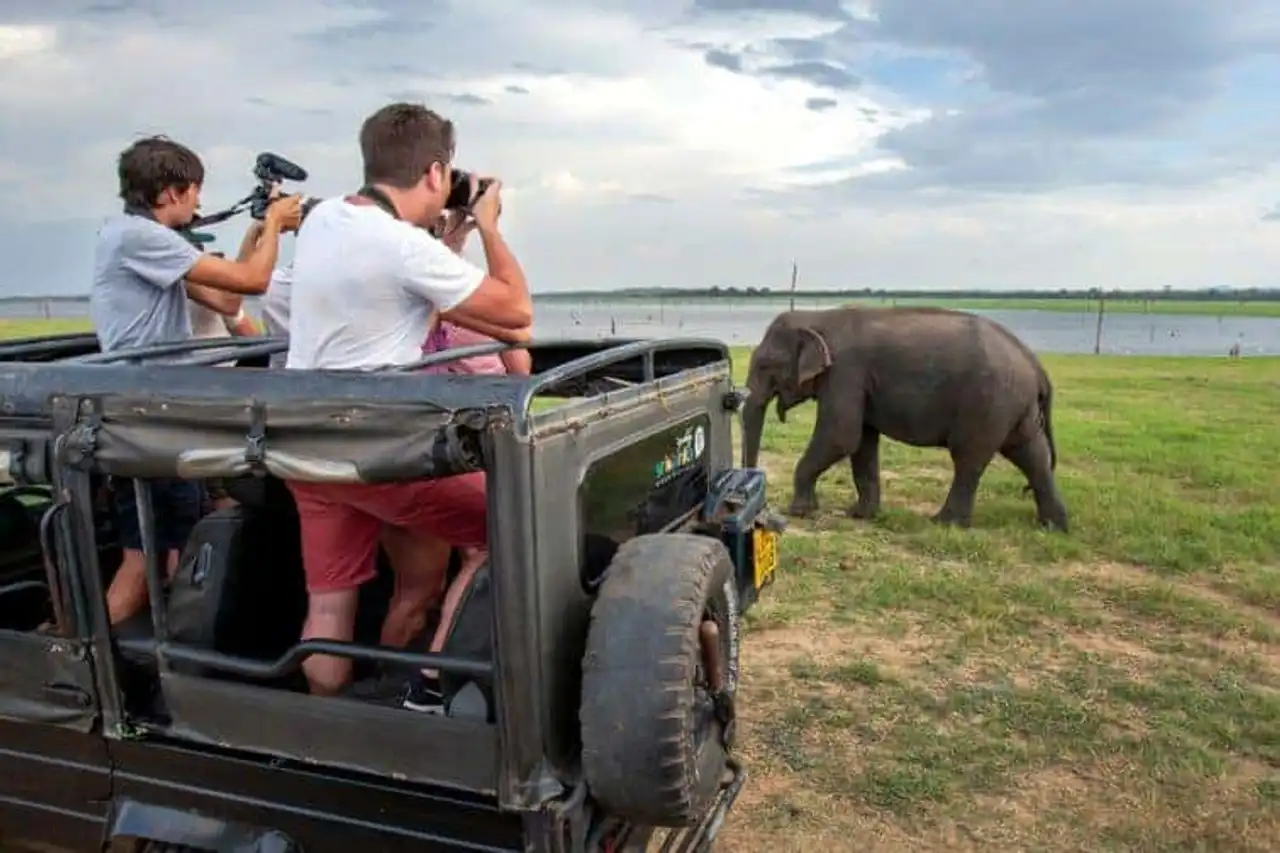
Photo credit: Shutterstock / Thomas Wyness
Smaller than Minneriya, it has the advantage of being cheaper and less frequented. You will see mostly elephants, but perhaps also bears and leopards. Visits are done early in the morning or mid-afternoon.
Schedules and prices of Kaudulla Park
- Even if he visits all year round, the best period is between July and December. The water of the lake drops and discovers vast grasslands highly appreciated by elephants.
- It's open. daily, from 8 a.m. to 6 p.m.
- The entrance costs about $10. It's pretty easy to find a driver and a jeep. Depending on the number of people in your group, it will be around $25 per person.
- You can also choose to take a guided tour from Dambulla or Sirigiya from your hotel. It will cost you about $45 per person.
- Duration of the visit: about two hours for the visit itself, and four to five hours for a departure from Sirigiya.
How to get to Kaudulla Park?
Count about an hour from Polonnaruwa and three quarters of an hour from Habarana.
Uda Walawe National Park
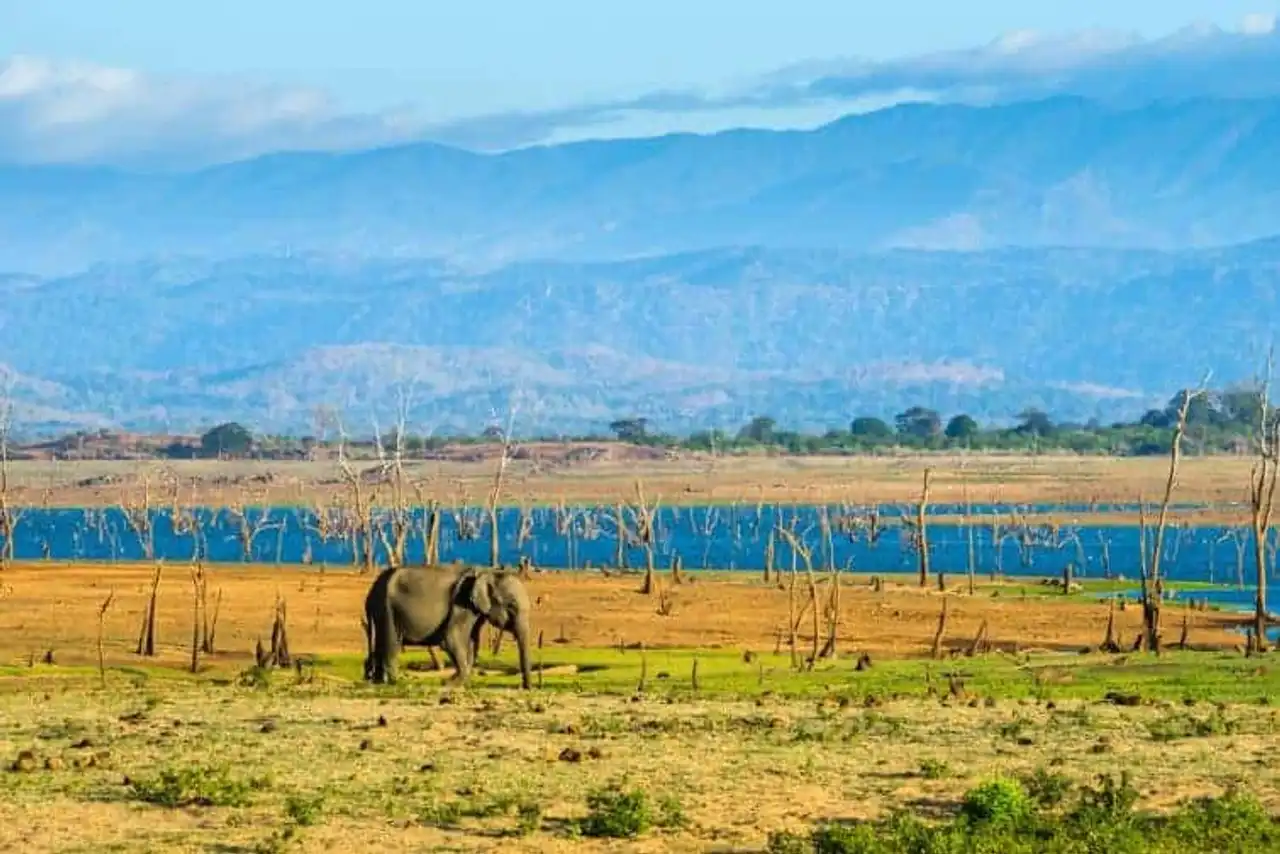
Photo credit: Shutterstock / Efimova Anna
This park is located between Tangalle, on the South Coast and Haputale, in the mountains. The landscape looks like African savannah, because much of the forest has been burned for the benefit of the crops, before it is classified. Visitors are assured to see elephants at any time of day because the view is very far away. We can even see lonely males, tuskers , very difficult to meet in other parks.
Prices and times of Uda Walawe Park
- The two dry seasons are the most suitable for the visit: February/March and May to September.
- It's open. daily, from 6 a.m. to 6.30 p.m.
- The right of entry is $15, $7.50 for children aged 6 to 12 and free for children. Many jeeps with driver wait at the entrance of the park and take you to safari for $20.
- Duration of the visit: Three hours.
How to get to Uda Walawe Park?
- From Tangalle: about an hour thirty road. By bus, go to Embilipitiya, then run along with a bus that goes to Tanamalwila, with a stop at the Park.
- From Haputale: about three hours drive.
Wilpattu National Park
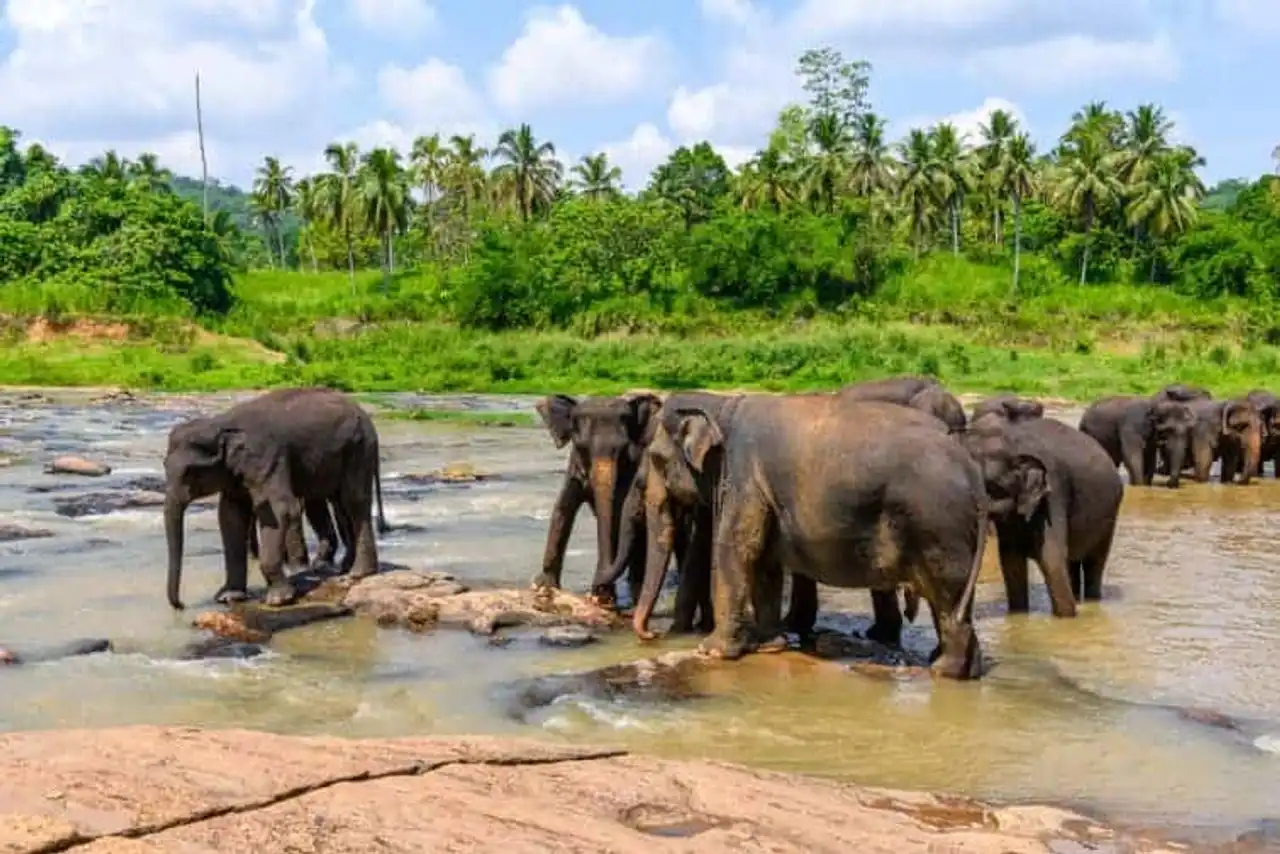
Photo credit: Shutterstock / Anton_Ivanov
The largest national park in Sri Lanka, Wilpattu, is located north of Colombo and west of Anudradhapura. Very mistreated during the civil war, it was reopened in 2010. The vegetation is very dense, it is difficult to see the panthers that live there, but the ornithologists are at the party, so there are birds. Approximately 200 elephants appropriated a territory about 30 kilometres from the west entrance.
Schedules and rates at Wilpattu Park
- The park is visiting all year round, but February and October are the most favorable months, even if the latter can be particularly rainy.
- It's open. **6 a.m. to 6 p.m.**the last entry at 4:30 p.m.
- The right of entry is $16 for adults, $8 for children aged 6-12 and free for children.
- Duration of the visit: Three to four hours.
How to get to Wilpattu Park?
There are two main entrances. You will find drivers with jeeps at each of them.
- Near Eluwankulama, at the end of Route 3, if you come from Columbo. Count 3 h 30
- In Hunuwilagama, east of the park. It is located less than an hour’s drive from Anuradhapura. You can also go by bus to Thimbiriwewa.
Yala National Park
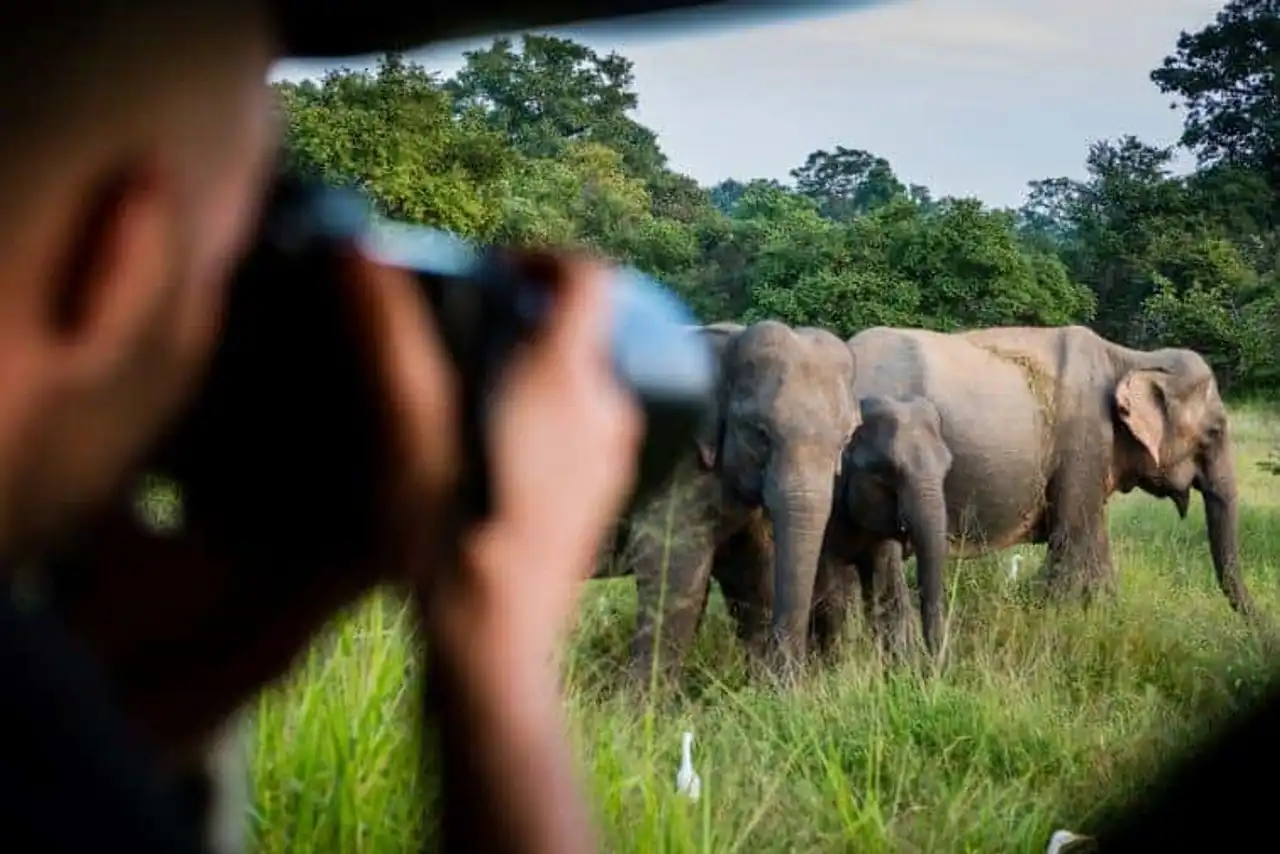
Photo credit: Shutterstock / HeadSpinPhoto
It is the second in size and also one of the most frequented. There is a good reason for this: it is one of the richest animals of all kinds, including the Ceylan panther. It is located south of the island and closes the ocean. If you want to get away from the crowd and discover more wild areas , it is best to choose a one-day safari.
Yala Park times and rates
- The best season for visiting and meeting elephants goes from May to August. The park is closed in September and October.
- The right of entry is $16 for adults, $8 for children aged 6-12 and free for children.
- Duration of the visit: three to four hours, unless you take the day option.
How to get to Yala Park?
- The main entrance is located in Palatupana, not far from Tissamaharama, at two hours thirty car from Tangalle. The Park suggests using instead the side entrances of Kataragama or Galge, north of Tissamaharama.
- You can go by bus to Kataragama or Tissamaharama, from Tangalle, in about three hours thirty. There is no public transport for the entrance to Palatupana.
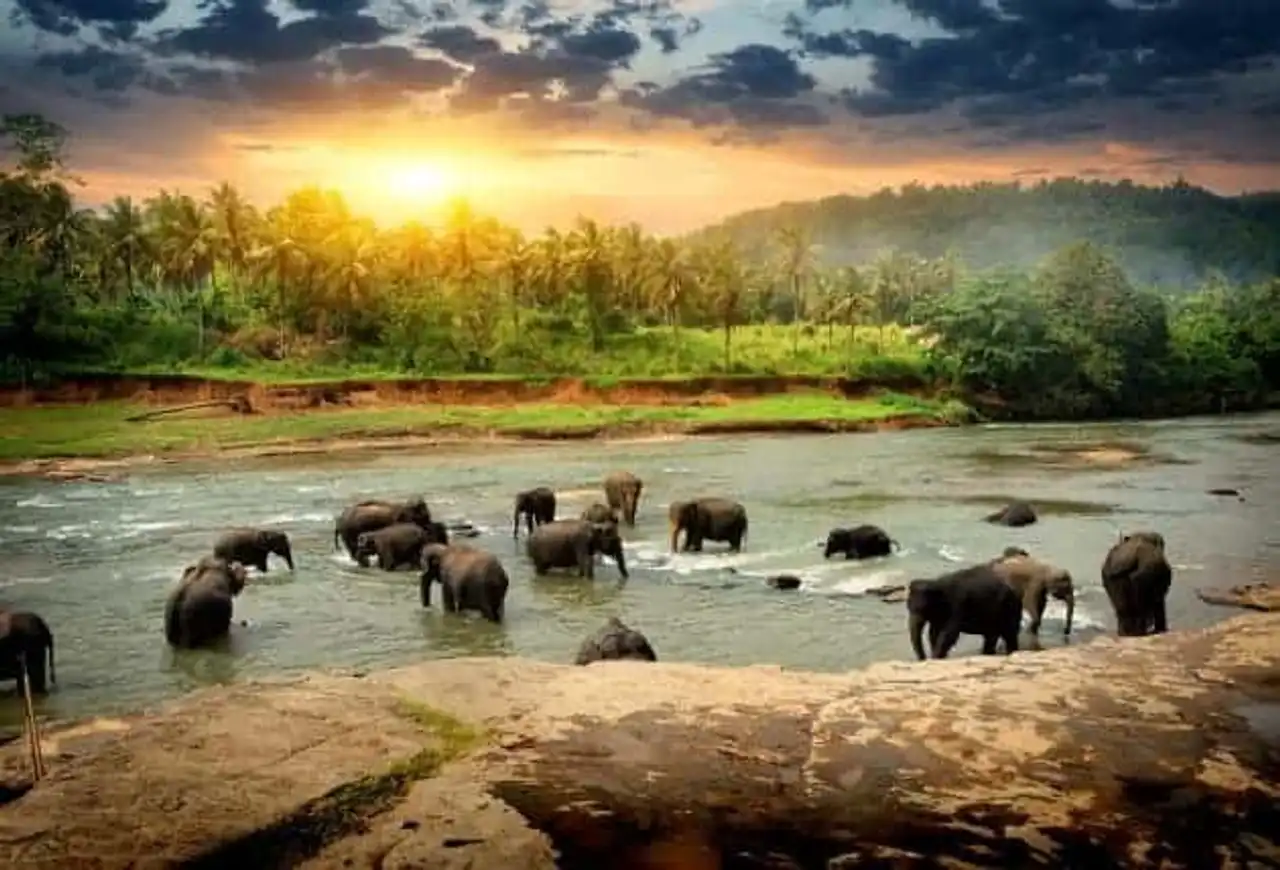




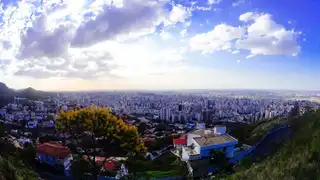
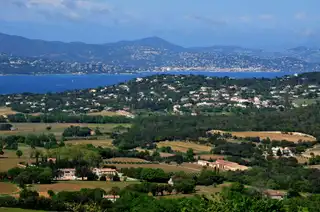
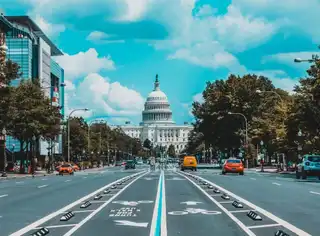
Loading comments ...